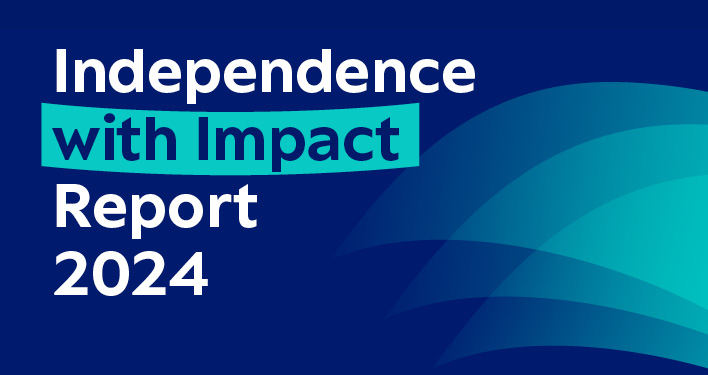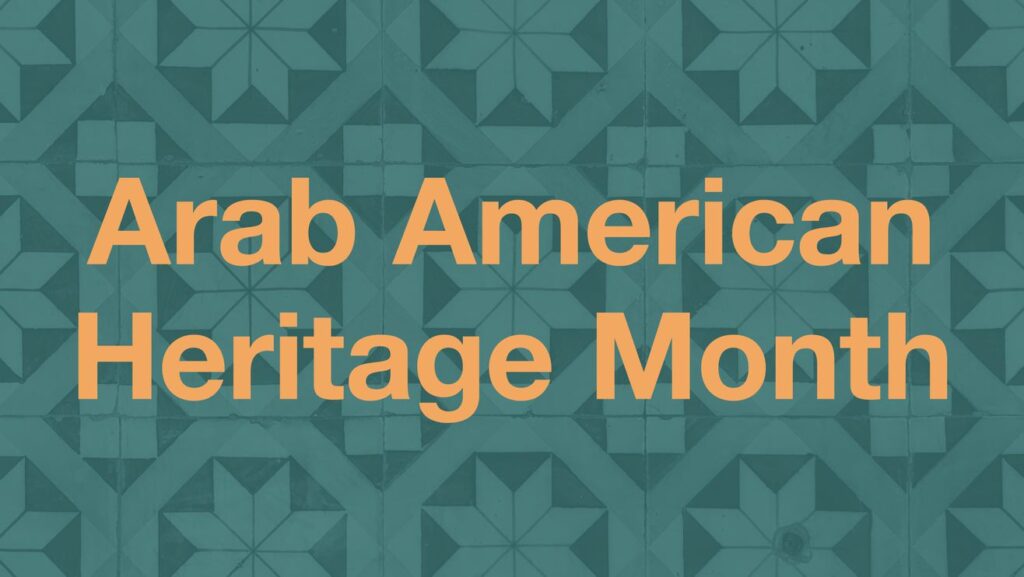Faster Route to the CEO Suite: Nepotism or Managerial Proficiency?
 Carlo Salvato, Alessandro Minichilli and Raffaella Piccarreta, all of Bocconi University, published “Faster Route to the CEO Suite: Nepotism or Managerial Proficiency?” on December 5th, 2011 in Family Business Review’s OnlineFirst section. To read other OnlineFirst articles, please click here. Professor Salvato kindly provided the following responses to the article.
Carlo Salvato, Alessandro Minichilli and Raffaella Piccarreta, all of Bocconi University, published “Faster Route to the CEO Suite: Nepotism or Managerial Proficiency?” on December 5th, 2011 in Family Business Review’s OnlineFirst section. To read other OnlineFirst articles, please click here. Professor Salvato kindly provided the following responses to the article.
What inspired you to be interested in this topic?
Interest in contrasting the careers of CEOs in family vs. non-family firms was prompted by our discomfort with the prevailing view on the drivers of executive promotions in closely-held firms. This view, in our opinion, is founded on wrong assumptions and negative biases against the family firm, which lead to interpret promotions to the top posts as driven more by kinship and nepotism, than by the will to professionalize the firm. Mounting evidence on the superiority of family business performance in some circumstances, and our own experience, prompted us to try to prove these interpretations wrong.
Were there findings that were surprising to you?
We were extremely surprised by discovering that in our sample the likelihood that a CEO had spent his or her entire career within the same firm was much higher in non-family, than in family firms. This empirical evidence contradicts years of bias against family firms that are too often seen as promoting paternalistic hiring and promotion practices. More broadly, it was surprising to discover that no peculiar career patterns of executive careers could be devised in family firms. Rather, it seems that family firms promote promotion practices at the executive level that are very similar to those of their non-family counterparts, and that are driven more by the need to grow competent human resources, than to favor insiders and kinship members.
How do you see this study influencing future research and/or practice?
As we highlight in our concluding remarks, we believe our results may contribute to offering a more balanced view of hiring and promotion practices at the executive level in family firms. More specifically, we believe scholars may be inspired by our results to consider a broader palette of variables in investigating executive appointments in family firms. In particular, besides the usual variables related to family ownership, kinship relationships and tenure, scholars should explicitly consider the endowment of human capital and managerial experience of those who are promoted to top posts, comparing it explicitly with non-family business practices. Related to this, we think our study should prompt scholars to analyze executive careers in a more detailed way, by systematically tracking a large number of career features in each of the years in which the career unfolds.
What, if anything, would you do differently if you could go back and do this study again?
Our research could have been expanded in at least two directions, as it would still be possible in future research. First, we could have tried to collect data on CEO careers in smaller firms than those included in our sample. Although firms in our sample vary in terms of size, and we do consider size as a determinant of career patterns, all firms in our sample are of a relatively large size, and a significant proportion are listed on the stock exchange. Second, we could have incorporated performance measures, linking different career patterns of family and non-family CEOs to their performance as corporate heads, or to the performance of their firms during their tenure.
If you would like to learn more about Family Business Review, please click here.
Are you interested in receiving email alerts whenever a new article or issue becomes available? Then follow this link!
[polldaddy rating=”4667602″]
























































































